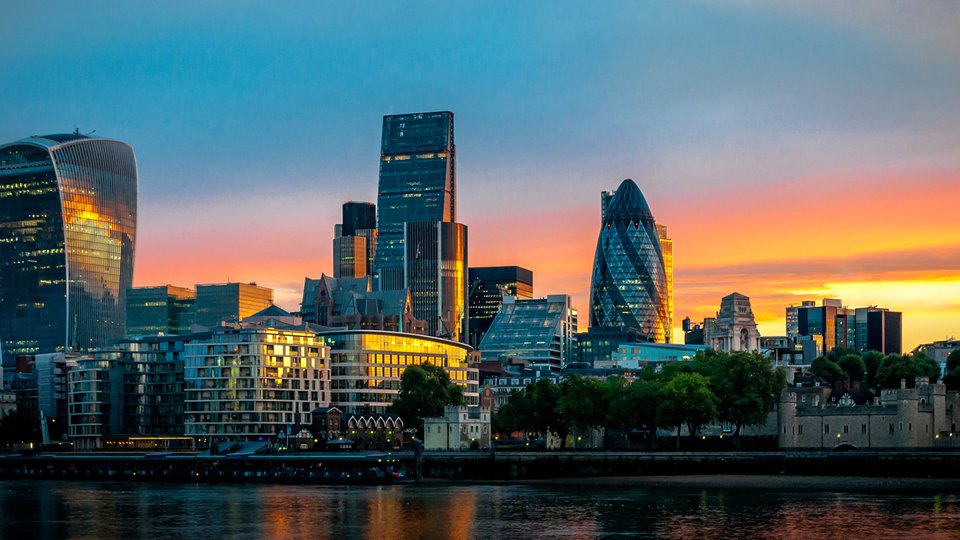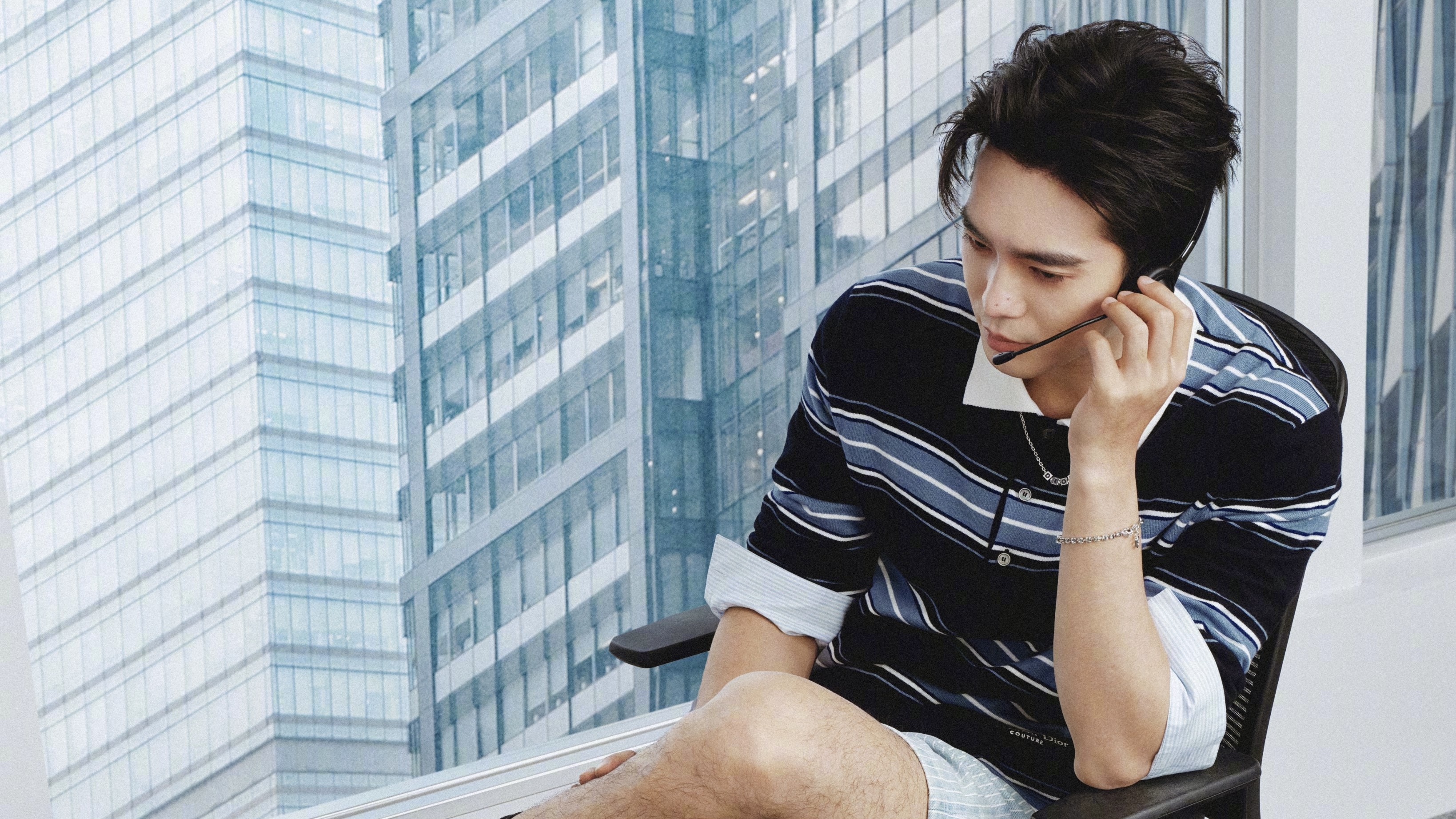As the UK trudges through a cold February, the UK’s June 2016 vote to leave the European Union already feels like a long time ago – particularly when one considers all that has happened on the global stage since. We already live in a very different world, both politically and economically.

As the UK trudges through a cold February, the UK’s June 2016 vote to leave the European Union already feels like a long time ago – particularly when one considers all that has happened on the global stage since. We already live in a very different world, both politically and economically.
Across the Atlantic, Trump-imposed changes to U.S. foreign policy seem to evolve on a daily basis. But here in the UK, citizens and businesses are still waiting to hear exactly how we are going to extricate ourselves from the EU.
So how has – and how will – Brexit affect the luxury industry? Its effects have already kicked in. Perhaps the most obvious is the pound’s sharp fall against the dollar, sliding down from $1.49 before the referendum, to around $1.25 today, which created a temporary lift for luxury sales in the UK.
For foreign shoppers, the effect of Sterling depreciation made the UK a spending haven. As prices in dollar terms have fallen, relative spending power in UK stores has increased, boosting tourism by 8% in the second half of 2016 compared to the first half of the year. As the cost of travelling abroad rises for British luxury shoppers, they too may also choose to shop in the UK, rather than absorbing the rising costs of buying in other currencies.
But some retailers have already started to make price adjustments in response. Apple, for instance, raised UK prices in its app store by almost 25% in January, citing “foreign exchange rates” for the move. Russian luxury jeweller Fabergé has said it will increase its British pricing by 10% from 1 March to balance out Sterling depreciation. High-end speaker brand Sonos has said the rising cost of importing materials means it will hike prices by up to 25%.
"The prestige beauty products sector doubled in growth post-Brexit, with sales up 6% in the three months following the referendum, compared to 3% growth from January to June 2016."
These pricing moves may start to negatively impact both domestic and international spending in the next quarter. For British shoppers, luxury spending has already started to drift towards smaller luxury purchases, like beauty items. The prestige beauty products sector doubled in growth post-Brexit, with sales up 6% in the three months following the referendum, compared to 3% growth from January to June 2016.
On the UK shop floor, Positive Luxury has noted a shift towards shoppers making statements with their purchases. Younger customers in particular want to make sure what they buy reflects who they are, and this younger generation is more politically aware and motivated than ever. According to pollsters YouGov, some 66% of 18-24 year olds voted to remain in the EU, as did 52% of 25-49 year olds. This is in comparison to the 62% of 65 year olds and older who voted to quit.
If younger consumers continue to feel squeezed financially and marginalised by big business, this may be reflected in anti-corporate sentiment and changing attitudes towards wealth and spending.
There is cause for hope: while the luxury climate in the UK is a highly unpredictable one right now, according to a new February 2017 report released by CBRE and Walpole, London remains the global city with the most potential for luxury retail growth.
It pointed to the strong infrastructure London has in place to support luxury retail – such as the fact that the UK capital boasts at least 94 five-star hotels, 65 Michelin-starred restaurants and 45 private members clubs.
“It’s not in the Schengen, so people that come here are the ones that have made an effort – the high-end serious spenders.”
“It’s not in the Schengen [area of Europe in which free movement is allowed], so people that come here are the ones that have made an effort – the high-end serious spenders,” Walpole's Mark Henderson said in the report.
The UK is a luxury stronghold – and in the long term, looks set to remain that way. While the country is facing unprecedented change, it’s worth remembering that the UK has the luxury brand heritage, expertise and supply chain in place to continue to grow. In the short term at least, the impact of Brexit on luxury sales appears to have been a positive one, buoyed mainly by the boost in tourism.
However, the luxury sector should be mindful of the economic challenges that are now facing British shoppers, as well as continuing to court the international clients who have flocked to the country. For domestic luxury customers, the next few years as Britain extricates itself from the EU will be unpredictable, with the cost of major investments such as housing and international travel set to fluctuate.
It will be hard to predict how much value British customers’ pounds will hold over the next few years. In an uncertain world, upholding high levels of customer service, communication and craftsmanship will be essential for the luxury sector if it is to stay profitable. Companies that display a sense of purpose and commitment to social and environmental good, will be able to stand out from the competition, earning the respect and trust they need to keep shoppers confident and happy to spend.










